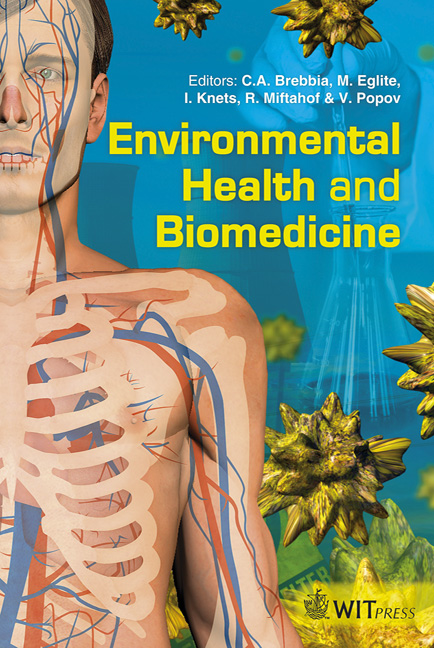Correlation Of Morphological Parameters With Likelihood Of Thrombus Formation In Intracranial Aneurysms
Price
Free (open access)
Transaction
Volume
15
Pages
13
Page Range
309 - 321
Published
2011
Size
3,531 kb
Paper DOI
10.2495/EHR110271
Copyright
WIT Press
Author(s)
K. Shimano & Y. Nakagawa
Abstract
Accurate rupture prediction of intracranial aneurysms is crucial because not all aneurysms rupture. With past reports that aspect ratio (AR) and size ratio (SR) have significant correlations with rupture probability, these two morphological parameters are regarded as promising for rupture prediction: an aneurysm with a higher AR or SR is more likely to rupture than one with a lower AR or SR. However, 100% reliability of prediction is not guaranteed even with these parameters. It is necessary to clarify reasons for the high correlations of AR and SR with rupture status and what is responsible for unsuccessful predictions. In this paper, the authors discuss haemodynamic significance of the two parameters with a special focus on stagnant flow and resulting thrombus formation, which are considered to play important roles in the process of aneurysmal rupture. Results with computational fluid dynamics and a platelet aggregation model are also shown in order to demonstrate that stagnant flow and thrombus formation can be observed even in an aneurysm with low AR and SR. Keywords: intracranial aneurysm, rupture prediction, thrombus formation, platelet aggregation, computational fluid dynamics. 1 Introduction Intracranial aneurysms can cause fatal subarachnoid haemorrhages when they rupture. Unruptured aneurysms can be found by means of magnetic resonance imaging (MRI) or computed tomography (CT) before the patients have any symptoms, and there are neurosurgical treatments to prevent future rupture of
Keywords
intracranial aneurysm, rupture prediction, thrombus formation, platelet aggregation, computational fluid dynamics





